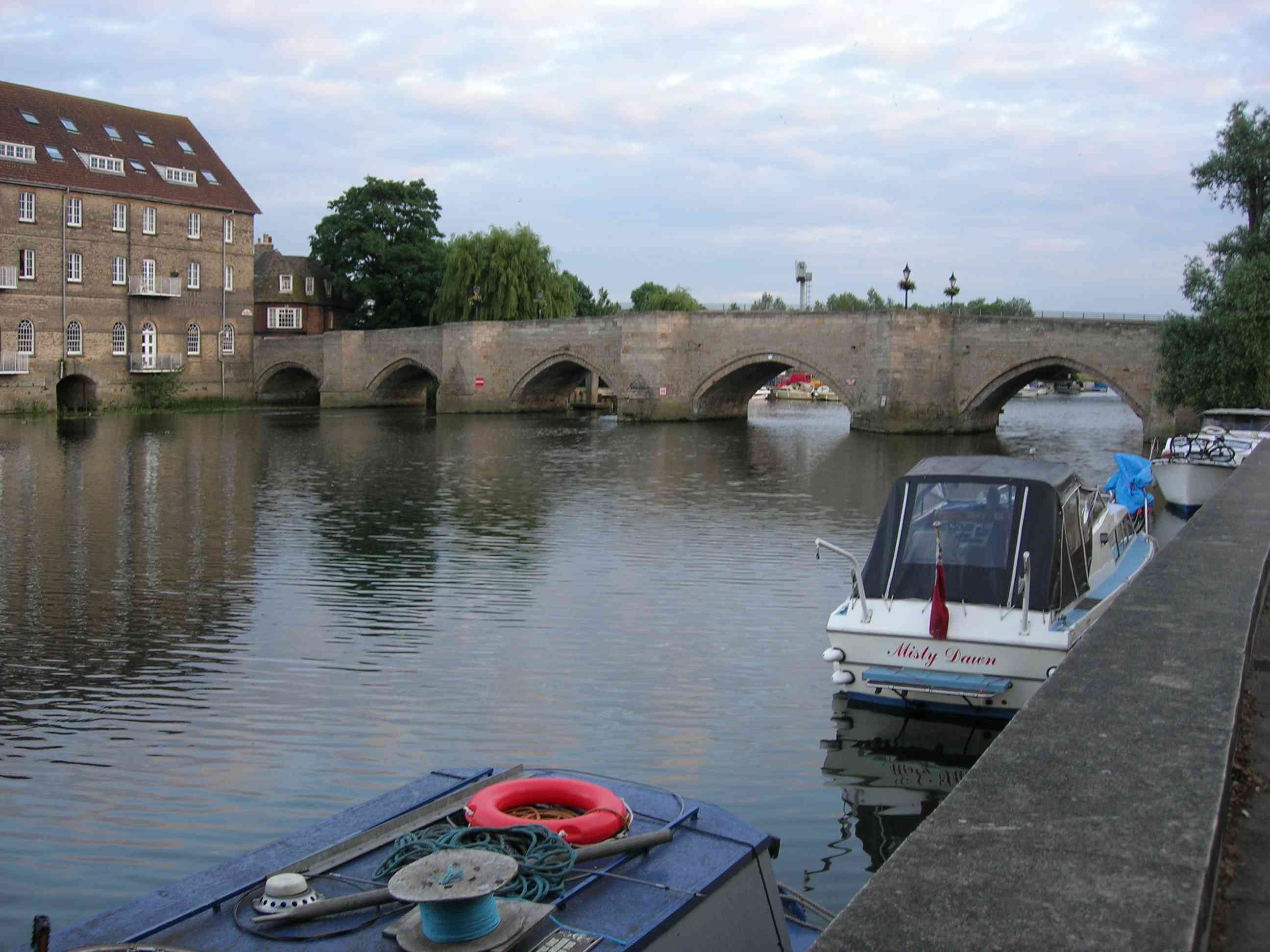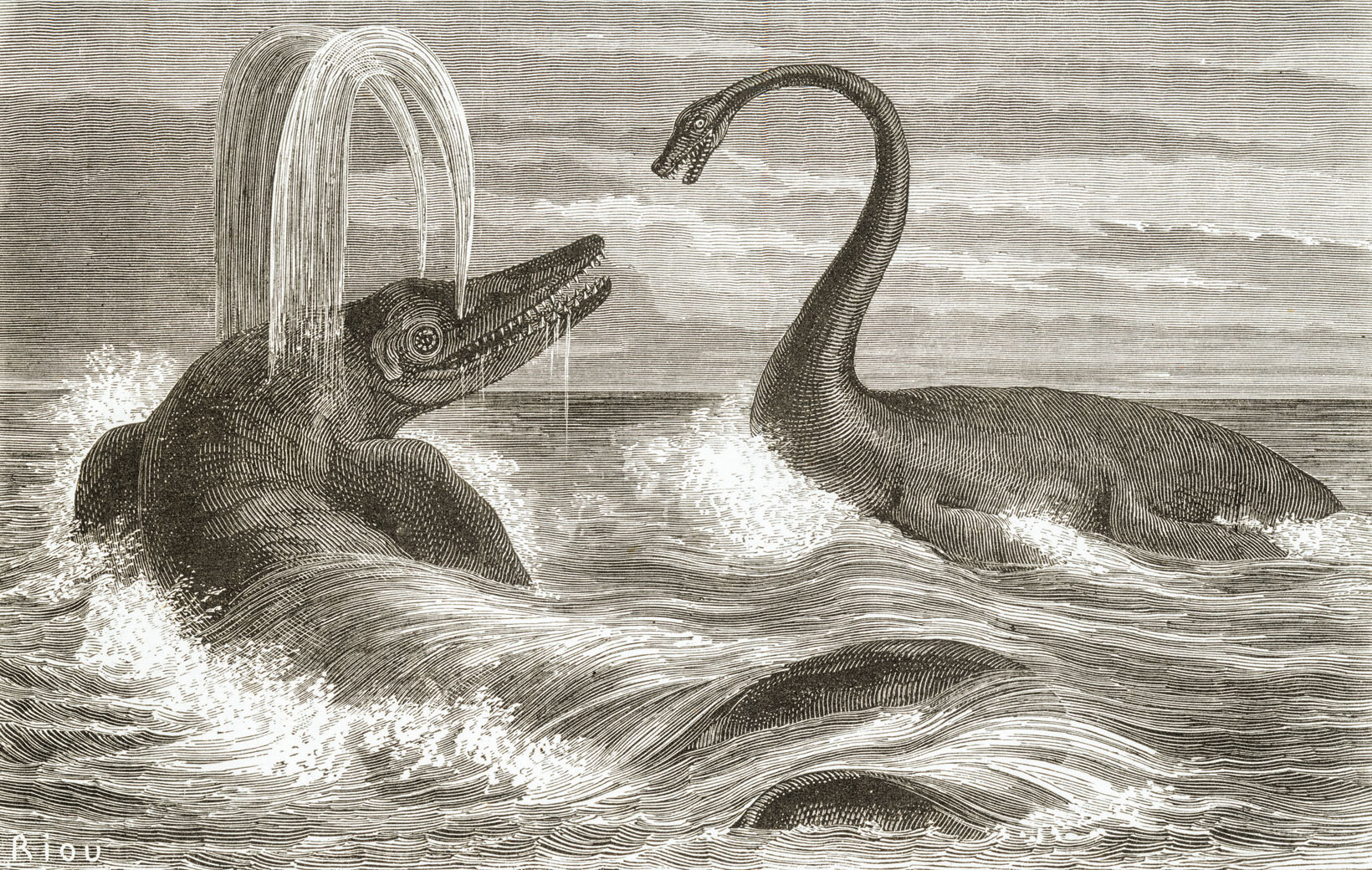|
History Of Milton Keynes
This history of Milton Keynes details its development from the earliest human settlements, through the plans for a 'new city' for 250,000 people in northern Southeast England, its subsequent urban design and development, to the present day. Milton Keynes is the largest settlement and only city in Buckinghamshire, founded in 1967. At the 2011 census, the population of its urban area was estimated to have reached almost 230,000. Overview In the 1960s, the UK Government decided that a further generation of new towns in the South East of England was needed to relieve housing congestion in London. Since the 1950s, overspill housing for several London boroughs had been constructed in Bletchley. Further studies in the 1960s identified north Buckinghamshire as a possible site for a large new town, a new city, encompassing the existing towns of Bletchley, Fenny Stratford, Stony Stratford, and Wolverton. (The nearby towns of Newport Pagnell and Woburn Sands, then clearly sepa ... [...More Info...] [...Related Items...] OR: [Wikipedia] [Google] [Baidu] |
Milton Keynes Hoard
The Milton Keynes Hoard is a hoard of Bronze Age gold found in September 2000 in a field at Monkston Park in Milton Keynes, England. The hoard consisted of two torcs, three bracelets, and a fragment of bronze rod contained in a pottery vessel. The inclusion of pottery in the find enabled it to be dated to around 1150–800 BC. Weighing in at , the hoard was described by the British Museum as "one of the biggest concentrations of Bronze Age gold known from Great Britain" and "important for providing a social and economic picture for the period". The hoard was valued at £290,000 and is now in the British Museum. Several other antiquities, including Romano-British hoards, have been found within a radius of the centre of Milton Keynes. Discovery On 7 July 2000, Michael Rutland and Gordon Heritage were metal detecting in a field in what is now Monkston Park in Milton Keynes, at the invitation of local archaeologists who were closing a nearby dig, when they discovered the ... [...More Info...] [...Related Items...] OR: [Wikipedia] [Google] [Baidu] |
Woburn Sands
Woburn Sands () is a town that straddles the border between Buckinghamshire and Bedfordshire in England, and also is part of the Milton Keynes urban area. See map. The larger part of the town is in Woburn Sands civil parish, which is in the City of Milton Keynes, Smaller parts of the town are in the neighbouring parishes of Aspley Guise and Aspley Heath (in Central Bedfordshire). The meandering boundary between Buckinghamshire and Bedfordshire means the Lower and Middle Schools that serve all of the town are both in Aspley Guise CP. Bedfordshire Police and Thames Valley Police both deal with law enforcement issues in the town. At the 2011 Census, the population of the civil parish (only) was 2,916, that of the built-up area (including much of Aspley Guise) was 5,959. Woburn Sands, Aspley Guise and Aspley Heath each has its own centre but together the three settlements are a contiguous built-up area. History The earliest evidence of settlement is an Iron Age hill fort dating ... [...More Info...] [...Related Items...] OR: [Wikipedia] [Google] [Baidu] |
River Ouzel
The River Ouzel , also known as the River Lovat, is a river in England, and a tributary of the River Great Ouse. It rises in the Chiltern Hills and flows north to join the Ouse at Newport Pagnell. It is usually called the ''River Ouzel'', except near Newport Pagnell where both names are used. The name ''Lovat'' was recorded (in the form 'Lovente') in the thirteenth century, a map of 1724 marks the river as "Lowsel R", and a map surveyed in 1765 shows it as 'Ouzel River'. The modern Ordnance Survey uses only the name ''Ouzel'', except north of Willen Lake where it is marked as 'River Ouzel or Lovat'. Course From springs just north of Dagnall, the river initially forms the boundary between Bedfordshire and Buckinghamshire. It is joined by the Ouzel Brook from Houghton Regis, and by Whistle Brook (also known at Ivinghoe as ''Whizzle Brook'')F. G. Gurney, ''Yttingaford and the tenth-century bounds of Chalgrave and Linslade'', Bedfordshire Historical Record Society 5, 1920, p. ... [...More Info...] [...Related Items...] OR: [Wikipedia] [Google] [Baidu] |
River Great Ouse
The River Great Ouse () is a river in England, the longest of several British rivers called "Ouse". From Syresham in Northamptonshire, the Great Ouse flows through Buckinghamshire, Bedfordshire, Cambridgeshire and Norfolk to drain into the Wash and the North Sea near Kings Lynn. Authorities disagree both on the river's source and its length with one quoting and another . Mostly flowing north and east, it is the fifth longest river in the United Kingdom. The Great Ouse has been historically important for commercial navigation, and for draining the low-lying region through which it flows; its best-known tributary is the Cam, which runs through Cambridge. Its lower course passes through drained wetlands and fens and has been extensively modified, or channelised, to relieve flooding and provide a better route for barge traffic. The unmodified river would have changed course regularly after floods. The name ''Ouse'' is from the Celtic or pre-Celtic *''Udso-s'', and probably m ... [...More Info...] [...Related Items...] OR: [Wikipedia] [Google] [Baidu] |
Common Era
Common Era (CE) and Before the Common Era (BCE) are year notations for the Gregorian calendar (and its predecessor, the Julian calendar), the world's most widely used calendar era. Common Era and Before the Common Era are alternatives to the original Anno Domini (AD) and Before Christ (BC) notations used for the same calendar era. The two notation systems are numerically equivalent: " CE" and "AD " each describe the current year; "400 BCE" and "400 BC" are the same year. The expression traces back to 1615, when it first appeared in a book by Johannes Kepler as the la, annus aerae nostrae vulgaris (), and to 1635 in English as "Vulgar Era". The term "Common Era" can be found in English as early as 1708, and became more widely used in the mid-19th century by Jewish religious scholars. Since the later 20th century, BCE and CE have become popular in academic and scientific publications because BCE and CE are religiously neutral terms. They are used by others who wish to be sens ... [...More Info...] [...Related Items...] OR: [Wikipedia] [Google] [Baidu] |
Caldecotte, Milton Keynes
Walton (historically) was a hamlet that is now a district and civil parish in Milton Keynes, Buckinghamshire, England. For local government purposes, it is part of the Danesborough and Walton electoral ward. The historic hamlet is located about four miles south of Central Milton Keynes and just east of Simpson, mostly along Walton Road in the modern Walnut Tree district. The modern H9 Groveway grid road severs a few of its houses into Walton Hall and the V10 Brickhill Street separates the Manor Farm off into the Walton grid square. The Manor Farm has been redeveloped, first into a research centre for Hoechst and subsequently as the UK headquarters of MSD Animal Health. The village name is a common one in England, and is an Old English language word, meaning either 'village of the Britons' (''wale'' being a word meaning Briton) or 'walled village'. The village is first recorded (in the 12th century) as ''Wauton''. The manor house of the village, (Walton Hall) and i ... [...More Info...] [...Related Items...] OR: [Wikipedia] [Google] [Baidu] |
Ichthyosaur
Ichthyosaurs (Ancient Greek for "fish lizard" – and ) are large extinct marine reptiles. Ichthyosaurs belong to the order known as Ichthyosauria or Ichthyopterygia ('fish flippers' – a designation introduced by Sir Richard Owen in 1842, although the term is now used more for the parent clade of the Ichthyosauria). Ichthyosaurs thrived during much of the Mesozoic era; based on fossil evidence, they first appeared around 250 million years ago ( Ma) and at least one species survived until about 90 million years ago, into the Late Cretaceous. During the Early Triassic epoch, ichthyosaurs and other ichthyosauromorphs evolved from a group of unidentified land reptiles that returned to the sea, in a development similar to how the mammalian land-dwelling ancestors of modern-day dolphins and whales returned to the sea millions of years later, which they gradually came to resemble in a case of convergent evolution. Ichthyosaurs were particularly abundant in the Late Triassic ... [...More Info...] [...Related Items...] OR: [Wikipedia] [Google] [Baidu] |
Fossil
A fossil (from Classical Latin , ) is any preserved remains, impression, or trace of any once-living thing from a past geological age. Examples include bones, shells, exoskeletons, stone imprints of animals or microbes, objects preserved in amber, hair, petrified wood and DNA remnants. The totality of fossils is known as the ''fossil record''. Paleontology is the study of fossils: their age, method of formation, and evolutionary significance. Specimens are usually considered to be fossils if they are over 10,000 years old. The oldest fossils are around 3.48 billion years old to 4.1 billion years old. Early edition, published online before print. The observation in the 19th century that certain fossils were associated with certain rock strata led to the recognition of a geological timescale and the relative ages of different fossils. The development of radiometric dating techniques in the early 20th century allowed scientists to quantitatively measure the abs ... [...More Info...] [...Related Items...] OR: [Wikipedia] [Google] [Baidu] |
Milton Keynes Development Corporation
Milton Keynes Development Corporation (MKDC) was a development corporation operating from 1967 to 1992 oversee the planning and early development of Milton Keynes, a new town midway between London and Birmingham. Establishment MKDC established on 23 January 1967 to provide the vision and execution of a "new city", that would be the modern interpretation of the garden city movement concepts first expressed by Ebenezer Howard 60 years earlier. Situated in the north of Buckinghamshire near the borders with Northamptonshire and Bedfordshire, it would be a "city in the trees"the planning guideline was "no building higher than the highest tree" at a time when multi-storey flats and office blocks were dominating the redevelopment of most inner city areas and many large towns, as well as new housing estates.Walker ''The Architecture and Planning of Milton Keynes'', Architectural Press, London 1981. Retrieved 13 February 2007 The aims that MKDC set out in ''"The Plan for Milton Keynes ... [...More Info...] [...Related Items...] OR: [Wikipedia] [Google] [Baidu] |
Neolithic
The Neolithic period, or New Stone Age, is an Old World archaeological period and the final division of the Stone Age. It saw the Neolithic Revolution, a wide-ranging set of developments that appear to have arisen independently in several parts of the world. This "Neolithic package" included the introduction of farming, domestication of animals, and change from a hunter-gatherer lifestyle to one of settlement. It began about 12,000 years ago when farming appeared in the Epipalaeolithic Near East, and later in other parts of the world. The Neolithic lasted in the Near East until the transitional period of the Chalcolithic (Copper Age) from about 6,500 years ago (4500 BC), marked by the development of metallurgy, leading up to the Bronze Age and Iron Age. In other places the Neolithic followed the Mesolithic (Middle Stone Age) and then lasted until later. In Ancient Egypt, the Neolithic lasted until the Protodynastic period, 3150 BC.Karin Sowada and Peter Grave. Egypt in ... [...More Info...] [...Related Items...] OR: [Wikipedia] [Google] [Baidu] |
John Maynard Keynes
John Maynard Keynes, 1st Baron Keynes, ( ; 5 June 1883 – 21 April 1946), was an English economist whose ideas fundamentally changed the theory and practice of macroeconomics and the economic policies of governments. Originally trained in mathematics, he built on and greatly refined earlier work on the causes of business cycles. One of the most influential economists of the 20th century, he produced writings that are the basis for the school of thought known as Keynesian economics, and its various offshoots. His ideas, reformulated as New Keynesianism, are fundamental to mainstream macroeconomics. Keynes's intellect was evident early in life; in 1902, he gained admittance to the competitive mathematics program at King's College at the University of Cambridge. During the Great Depression of the 1930s, Keynes spearheaded a revolution in economic thinking, challenging the ideas of neoclassical economics that held that free markets would, in the short to medium term, ... [...More Info...] [...Related Items...] OR: [Wikipedia] [Google] [Baidu] |
John Milton
John Milton (9 December 1608 – 8 November 1674) was an English poet and intellectual. His 1667 epic poem ''Paradise Lost'', written in blank verse and including over ten chapters, was written in a time of immense religious flux and political upheaval. It addressed the fall of man, including the temptation of Adam and Eve by the fallen angel Satan and God's expulsion of them from the Garden of Eden. ''Paradise Lost'' is widely considered one of the greatest works of literature ever written, and it elevated Milton's widely-held reputation as one of history's greatest poets. He also served as a civil servant for the Commonwealth of England under its Council of State and later under Oliver Cromwell. Writing in English, Latin, and Italian, Milton achieved global fame and recognition during his lifetime; his celebrated '' Areopagitica'' (1644), written in condemnation of pre-publication censorship, is among history's most influential and impassioned defences of freedom ... [...More Info...] [...Related Items...] OR: [Wikipedia] [Google] [Baidu] |









